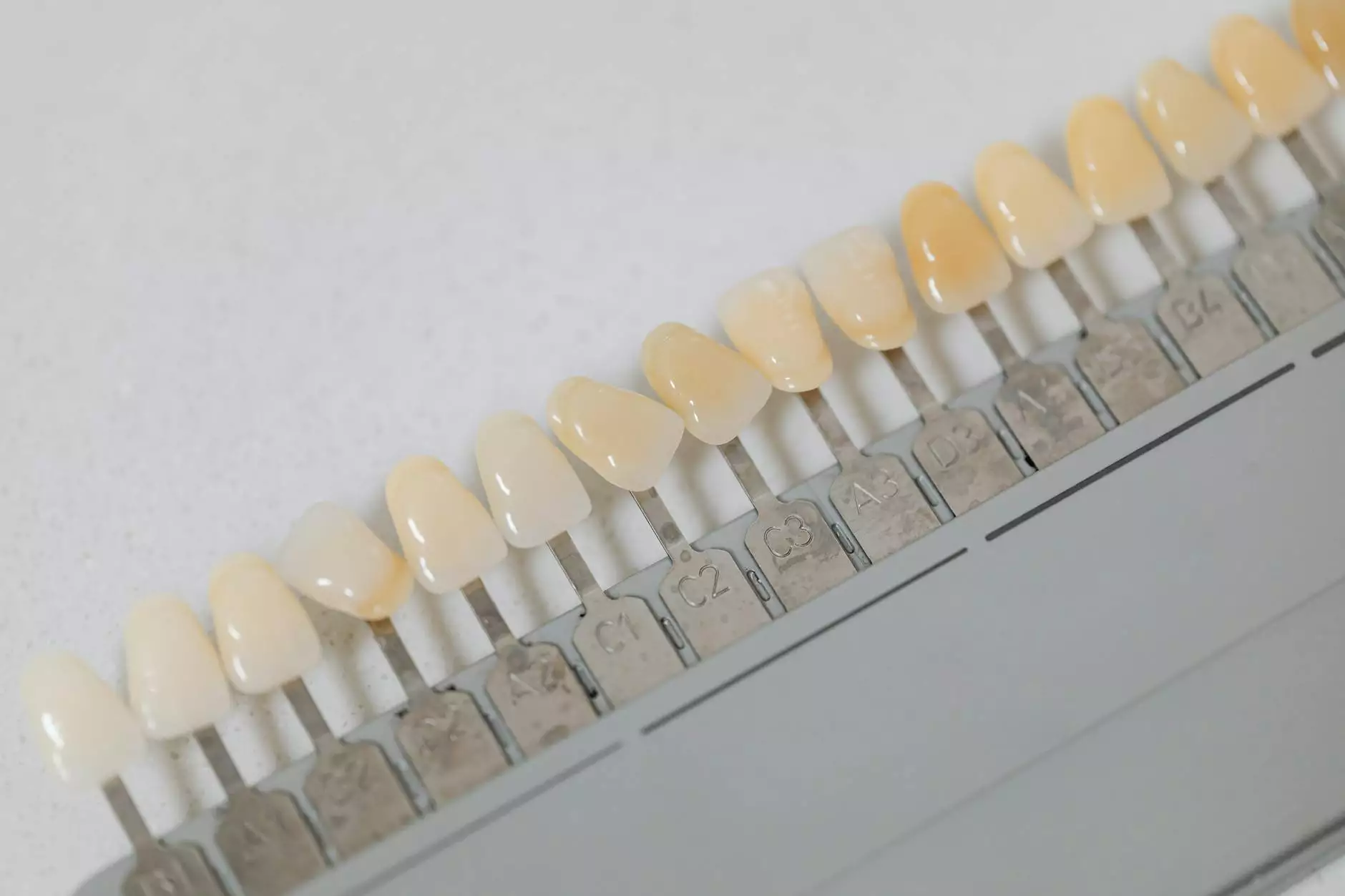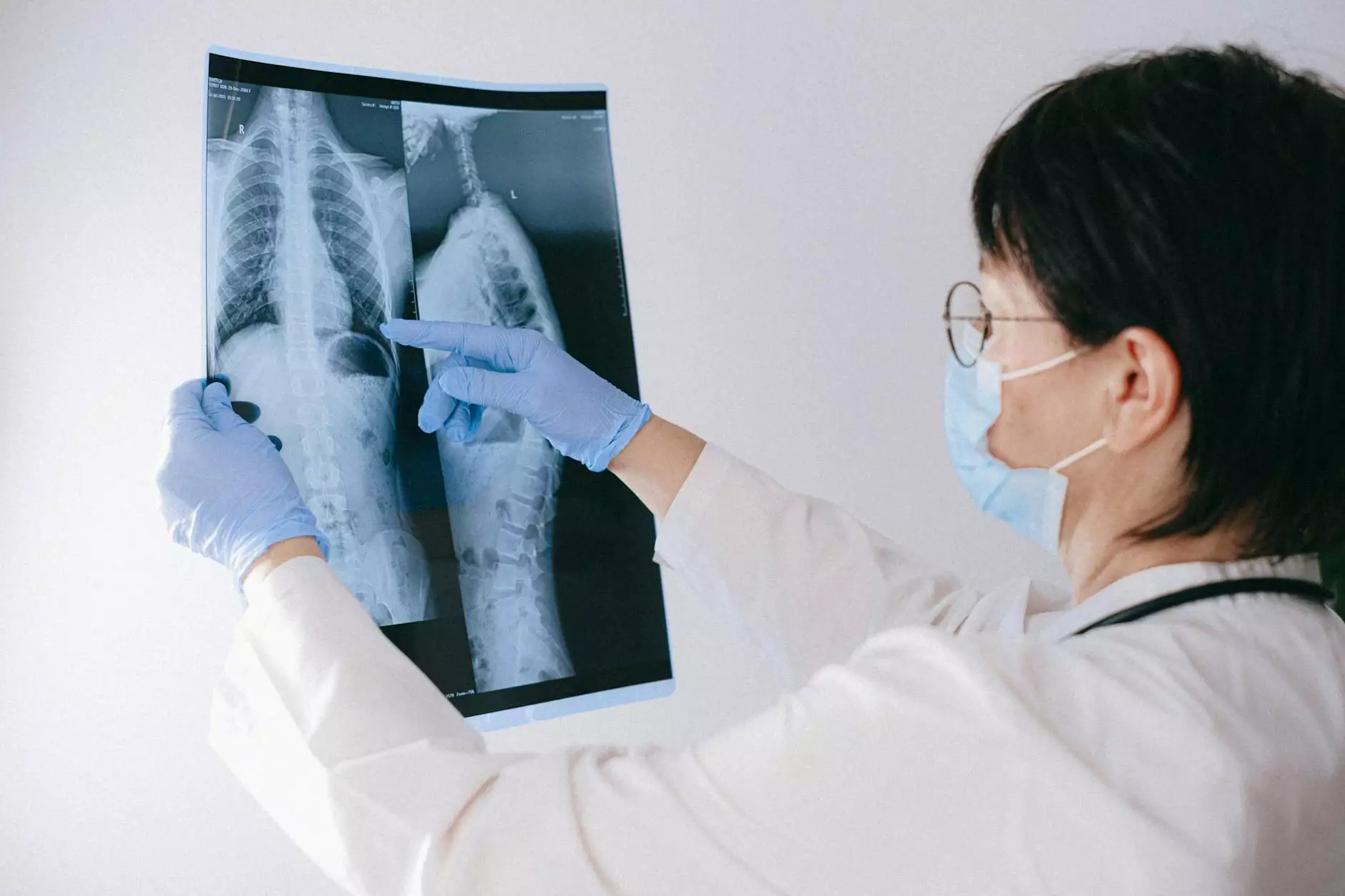Understanding Discolored Spots on Legs: Causes, Treatments, and Prevention

Discolored spots on legs are a common concern for many individuals, often leading to confusion and anxiety. These spots can vary in color, shape, and texture, prompting a variety of questions regarding their origins and implications for health. In this comprehensive guide, we will explore the main causes of discolored spots on legs, available treatments, as well as tips for prevention. Armed with knowledge, you can approach this issue with confidence and understanding.
What Are Discolored Spots on Legs?
Discolored spots on legs can manifest in numerous forms; they may appear as red, brown, purple, or even white patches. These variations often indicate different underlying issues ranging from harmless skin changes to more serious health conditions. Understanding the nature of these discolorations is crucial in determining the appropriate course of action.
Common Causes of Discolored Spots on Legs
Discolored spots on legs can arise from a variety of factors including:
- Skin Conditions: Conditions such as eczema, psoriasis, and vitiligo can lead to discoloration.
- Allergic Reactions: Allergies to certain substances can cause skin irritation and discoloration.
- Vascular Issues: Poor circulation or vascular diseases can cause spots due to blood pooling or leakage.
- Infections: Bacterial or fungal infections can result in noticeable skin changes.
- Age-Related Changes: As we age, the skin undergoes natural changes, leading to spots like age spots.
- Environmental Factors: Sun exposure, harsh weather, and pollutants can cause skin discoloration.
- Medications: Some medications can cause skin reactions resulting in discoloration.
Detailed Look at Vascular Issues
One of the significant causes of discolored spots on legs is related to vascular health. Conditions such as chronic venous insufficiency can lead to blood pooling in the lower extremities, resulting in a reddish-brown discoloration. This occurs when veins have difficulty returning blood to the heart, causing increased pressure and subsequent blood leakage into the surrounding tissue.
Symptoms of Vascular Issues
In addition to discoloration, vascular issues may present with:
- Swelling in the legs and ankles
- Itching or irritation
- Varicose veins
- Leg cramps, particularly at night
- Skin changes including thickening or discoloration
When to See a Doctor
If you notice discolored spots on legs that persist or are accompanied by other concerning symptoms such as pain, swelling, or changes in skin texture, it is crucial to consult a healthcare professional. A specialist, like those found at Truffles Vein Specialists, can provide an accurate diagnosis and appropriate treatment options.
Diagnosing the Causes of Discolored Spots
Upon visiting a specialist, you can expect a thorough evaluation. Diagnosis may include:
- Physical Examination: The doctor will assess the spots and any accompanying symptoms.
- Medical History: Sharing your medical history can help identify potential triggers.
- Diagnostic Tests: Blood tests, ultrasounds, or skin biopsies may be conducted to determine the underlying cause.
Treatment Options for Discolored Spots
Treatment for discolored spots on legs largely depends on the underlying cause. Below are some common approaches:
1. Topical Treatments
For certain skin conditions, your doctor may prescribe topical creams or ointments aimed at reducing inflammation and promoting healing.
2. Oral Medications
If your discoloration is linked to an allergic reaction or infection, oral medications may be necessary to manage the condition effectively.
3. Vein Treatments
For vascular issues, procedures such as sclerotherapy, laser therapy, or endovenous laser treatment can help improve blood flow and reduce discoloration.
4. Lifestyle Changes
Implementing lifestyle changes can also aid in the overall treatment. This may include:
- Wearing compression stockings to enhance circulation
- Engaging in regular physical activity
- Maintaining a healthy weight
- Following a balanced diet rich in vitamins and antioxidants
Preventing Discolored Spots on Legs
While not all cases of discolored spots on legs can be prevented, there are proactive measures you can take to minimize your risk:
- Sun Protection: Use sunscreen on exposed skin to prevent sun damage that can lead to discoloration.
- Hydration: Keep your skin hydrated with moisturizers to maintain skin health.
- Diet: Eat a balanced diet rich in fruits, vegetables, and whole grains.
- Regular Check-ups: Schedule regular visits with your healthcare provider to monitor your vascular health.
The Importance of Seeking Professional Care
While some discolored spots on legs may appear harmless, it is vital to seek professional advice. Early diagnosis can prevent complications and promote better outcomes. Health experts at Truffles Vein Specialists have the expertise to guide you through the complexities of vascular and skin health. Their commitment to patient care ensures you receive the best treatment options tailored to your needs.
Conclusion
Discolored spots on legs can be a perplexing issue, but understanding the potential causes and treatments can empower individuals to take charge of their health. With the right information and professional guidance, it's possible to address these concerns effectively. If you're experiencing unexplained discoloration or other related symptoms, don't hesitate to consult with a healthcare professional today.
Stay proactive about your health, and remember to prioritize regular check-ups and prompt treatment when necessary. The team at Truffles Vein Specialists is here to help you navigate the challenges of vascular health with expertise and dedication.









